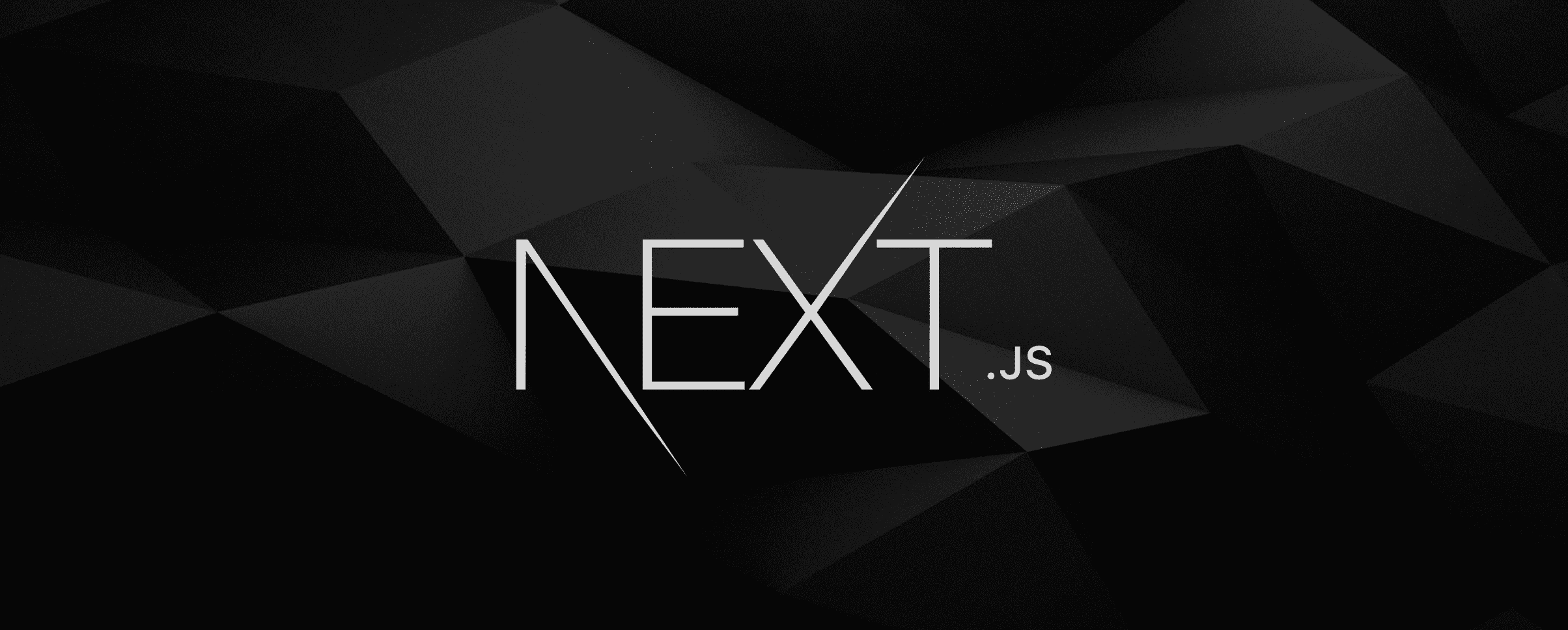NextJS, a React framework, has been a game-changer for developers seeking to build fast, scalable applications. However, with great power comes great responsibility, especially when it comes to security. Ensuring your app is secure is not just about protecting data; it's about safeguarding your reputation and trust with users.
Understanding the Threat Landscape
Before we dive into the nitty-gritty of securing your application, it's essential to grasp the types of threats your application may face.
Common Security Vulnerabilities
- Cross-Site Scripting (XSS): A vulnerability that allows attackers to inject malicious scripts into your web pages.
- Cross-Site Request Forgery (CSRF): A type of attack that forces an end user to execute unwanted actions on a web application in which they're currently authenticated.
- SQL Injection: Though less common in NextJS apps, it's still a threat if your app interacts with SQL databases without proper sanitization.
Server-Side Security Measures
Securing the server side of your NextJS app is your first line of defense against attacks.
Securing API Routes
NextJS API routes offer a seamless way to build API endpoints. To secure these, always validate and sanitize inputs to prevent injection attacks. Implementing rate limiting can also help mitigate brute-force attacks.
Environment Variables and Secrets Management
Keeping your app's secrets safe is crucial. Use environment variables for sensitive data and never hard-code secrets into your application code. Tools like Vault can help manage these secrets securely.
Client-Side Security Enhancements
While much of the security focus is on the server side, client-side security is equally important.
Cross-Site Scripting (XSS) Prevention
To prevent XSS attacks, sanitize user input and leverage Content Security Policy (CSP) headers to restrict the sources from which you can load resources.
Cross-Site Request Forgery (CSRF) Protection
NextJS does not handle CSRF protection out of the box. Implement anti-CSRF tokens in forms and use same-site cookies to mitigate these attacks.
Data Protection Strategies
Ensuring the confidentiality, integrity, and availability of your data is paramount.
Encryption and Hashing
Use encryption to protect data in transit and at rest. Hashing, particularly for passwords, is crucial, with algorithms like bcrypt being a popular choice.
Secure Data Storage and Transmission
Always use HTTPS to secure data in transit. For data at rest, consider encryption techniques and secure storage solutions that offer encryption features.
Authentication and Authorization
Implementing robust authentication and authorization mechanisms is key to ensuring that only legitimate users can access your app.
Implementing Robust Authentication
Consider using OAuth or JWT for secure authentication. NextAuth.js is a great solution for NextJS apps, offering easy integration with various authentication providers.
Role-Based Access Control
Implement role-based access control (RBAC) to ensure users can only access resources they are authorized to. This minimizes the risk of privilege escalation.
Monitoring and Logging
Keeping an eye on your app's security status is essential for early detection of potential threats.
Setting Up Security Logging
Implement comprehensive logging for both server-side and client-side events. This can help in forensic analysis in case of a breach.
Real-Time Monitoring Tools
Use tools like Sentry or LogRocket for real-time monitoring and alerting on security-related issues.
Regular Security Audits and Updates
Regularly auditing your app for vulnerabilities and keeping all dependencies up-to-date are crucial practices for maintaining security.
Leveraging Third-Party Security Tools
Don't shy away from using third-party tools like Snyk or OWASP ZAP for vulnerability scanning and penetration testing. These tools can provide an additional layer of security by uncovering potential weaknesses.
Conclusion
Securing your NextJS app requires a multifaceted approach, focusing on both server-side and client-side measures. By understanding the threat landscape and implementing the best practices outlined in this guide, you can significantly enhance the security of your application. Remember, security is not a one-time task but an ongoing process. Stay vigilant, stay updated, and keep your NextJS app secure.
FAQs
1. What is NextJS?
NextJS is a React framework that enables developers to build server-side rendered and statically generated web applications.
2. Why is security important for NextJS apps?
Security is crucial for protecting sensitive data, maintaining user trust, and safeguarding against financial and reputational damage resulting from breaches.
3. Can NextJS apps be vulnerable to SQL Injection?
While NextJS apps primarily use NoSQL databases, they can still be vulnerable to SQL Injection if interacting with SQL databases without proper input sanitization.
4. How can I secure my NextJS API routes?
Secure your API routes by validating and sanitizing inputs, implementing rate limiting, and using secure authentication methods.
5. What is the best way to manage secrets in a NextJS app?
The best practice is to use environment variables for storing secrets and leveraging secret management tools like Vault to manage them securely.
